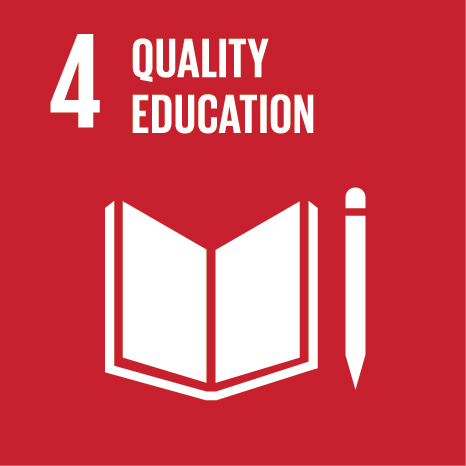Ciência_Iscte
Publications
Publication Detailed Description
Journal Title
Physical Review D
Year (definitive publication)
2023
Language
English
Country
United States of America
More Information
Web of Science®
Scopus
Google Scholar
This publication is not indexed in Overton
Abstract
We use ray-tracing techniques to determine the evolution of the event horizon of a large black hole that “gobbles” a tiny, traversable wormhole. This calculation has physical meaning in the extreme mass ratio limit. Two setups are considered; a single-mouth wormhole connecting two otherwise independent universes, and a double-mouth zero-length wormhole within the same universe. In the first setting it turns out that, at early times, there exist two disconnected horizons, one in each universe, which then merge as the wormhole falls into the large black hole. In the second setup, we observe the appearance of an “island,” a region of spacetime that is spatially disconnected from the exterior of the black hole, but in causal contact with future null infinity. The island shrinks as time evolves and eventually disappears after sufficient time has elapsed, as compared to the distance between the two mouths. This provides a communication channel with the interior of the large black hole for a certain time interval. We compute numerically the lifetime of the island and verify that it depends linearly on the intermouth distance. Extending the analysis to wormholes with finite length, we show that the achronal averaged null energy condition prevents the appearance of islands.
Acknowledgements
--
Keywords
Fields of Science and Technology Classification
- Physical Sciences - Natural Sciences
Funding Records
| Funding Reference | Funding Entity |
|---|---|
| UIDB/00099/2020 | Fundação para a Ciência e a Tecnologia |
| 2022.08368.PTDC | Fundação para a Ciência e a Tecnologia |
| UIDP/00099/2020 | Fundação para a Ciência e a Tecnologia |
Contributions to the Sustainable Development Goals of the United Nations
With the objective to increase the research activity directed towards the achievement of the United Nations 2030 Sustainable Development Goals, the possibility of associating scientific publications with the Sustainable Development Goals is now available in Ciência_Iscte. These are the Sustainable Development Goals identified by the author(s) for this publication. For more detailed information on the Sustainable Development Goals, click here.

 Português
Português


